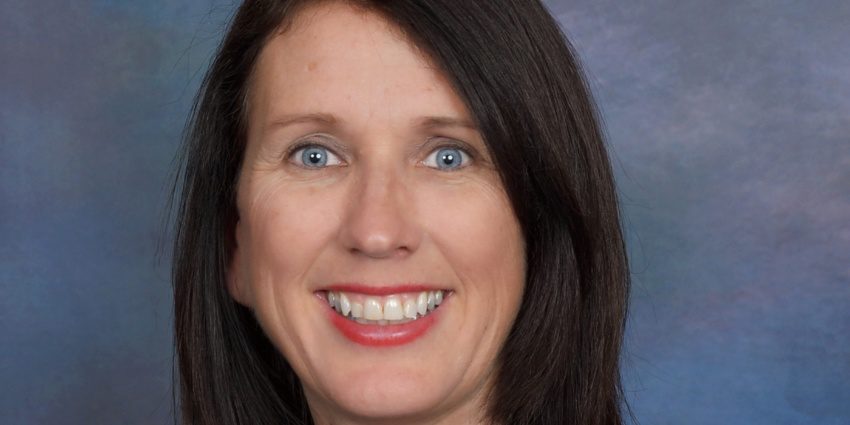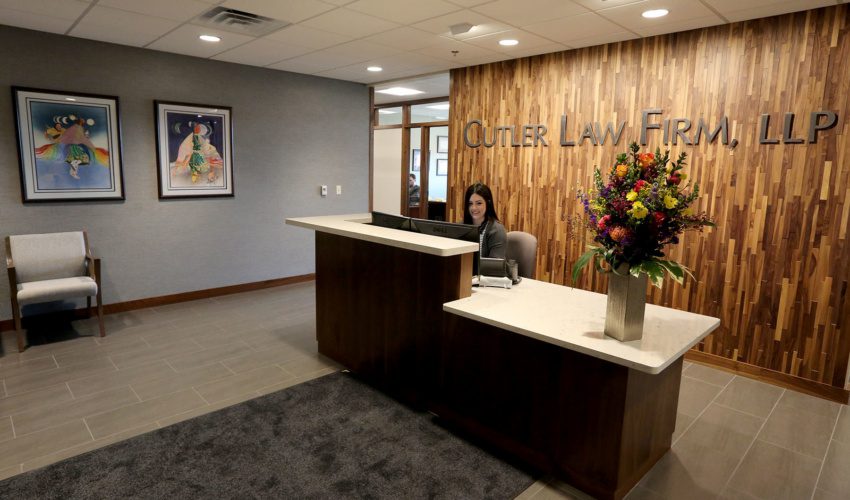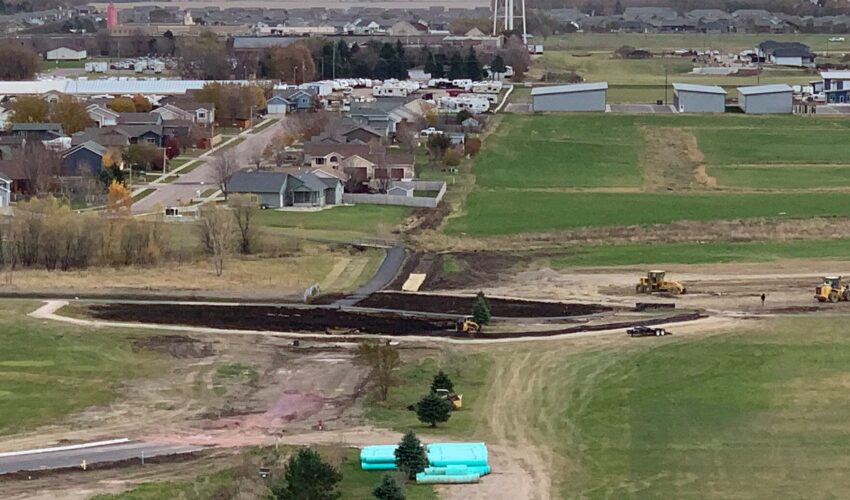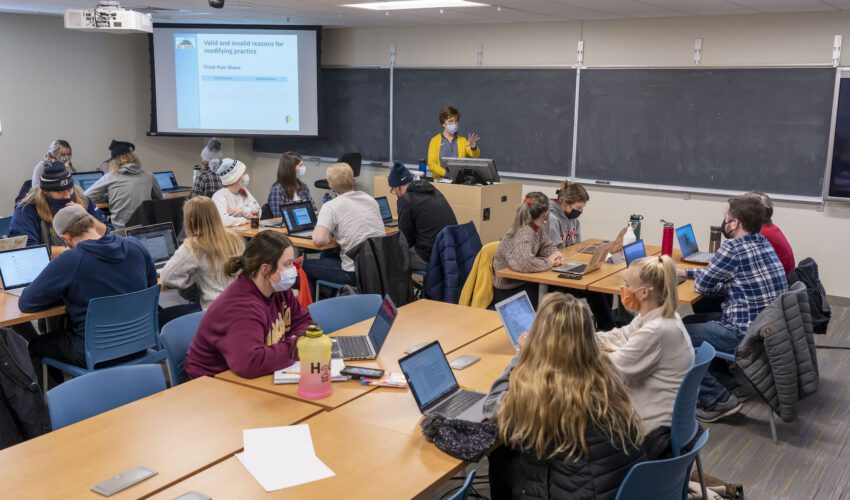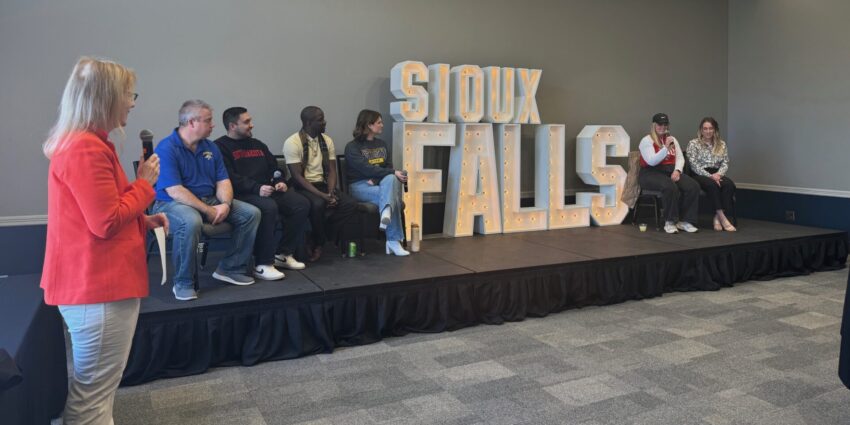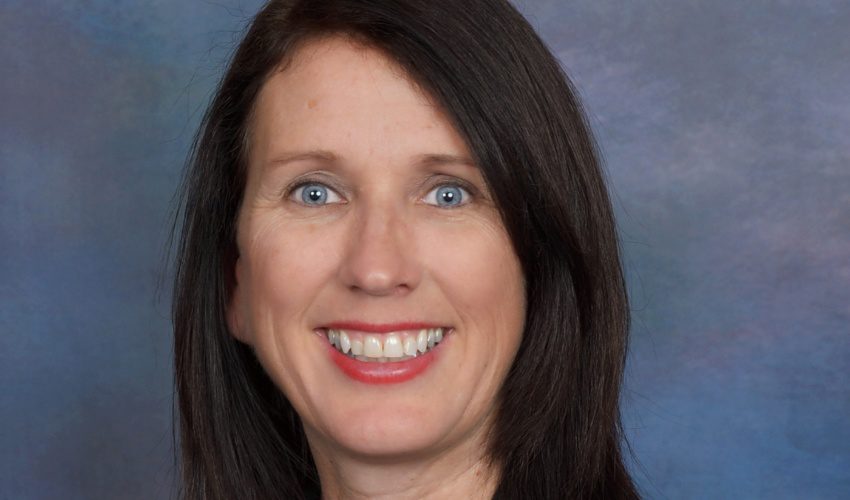Communities need to actively plan for growth. Here’s who can help
Aug. 8, 2018
This paid piece is sponsored by the Minnehaha County and Lincoln County Economic Development Associations.
When it comes to planning and development, communities in South Dakota aren’t all on their own.
Since 1970, six planning and development districts have existed to provide staff support to local governments and encourage regional cooperation.
The South Eastern Council of Governments, or SECOG, serves Clay, Lincoln, McCook, Minnehaha, Turner, and Union counties as well as the municipalities within those counties. Membership is voluntary, and SECOG is funded through member dues, state and federal funds, and its contracted services.
The scope of its reach gives executive director Lynne Keller Forbes unique insight into the opportunities and challenges that exist for the growing communities of Minnehaha and Lincoln counties.
You’re in close contact with the communities of Minnehaha and Lincoln counties. How would you describe their current level of economic development activity and growth?
The growth in these two counties is almost mind-boggling. We used to do an annual tour of Sioux Falls, and when you drive to areas outside of where you normally travel, the growth is tremendous. Outside of Sioux Falls, the SECOG communities are also growing with both residential and commercial development. Last year, SECOG assisted its members with securing over $30 million in grants and loans, primarily for infrastructure projects. Of that $30 million, $22 million was for grants and loans in Lincoln and Minnehaha counties. In addition, SECOG also operates Dakota Business Finance, which provides loans through SBA’s 504 program. Dakota Business Finance operates in the entire state of South Dakota and several counties in Iowa, Minnesota and Nebraska. Last year, Dakota Business Finance financed 37 loans for over $24 million. Of that amount, 28 of the 37 loans were in Lincoln and Minnehaha counties, and $20 million of the $24 million was also in Lincoln and Minnehaha counties.
Sometimes communities need help clarifying their own needs. How can SECOG assist them?
If a community wants to grow, it needs to actively plan for that growth. Many of the smaller communities have capital improvement needs but do not have the staff and resources to formalize a plan. One thing that SECOG assists its communities with is preparing comprehensive plans. The development of the comprehensive plan helps the citizens and leaders in a community think about where their community currently is and what they want it to become in the future, including its future growth areas. SECOG works with city personnel, councils and the communities’ engineer consultants to identify needs, formulate a plan and secure the resources to see needed projects built.
What are some of the most common issues you help the communities of Minnehaha and Lincoln counties address?
The most common issues that SECOG helps address are drinking water, sewer and storm sewer facilities that are either outdated or need to expand to keep up with the growth. SECOG assists the community in securing funding from state and federal resources to supplement local funds to update these vital infrastructure systems. In addition to infrastructure projects, SECOG also works with communities to explore other quality-of-life development opportunities that help attract new residents like park development, recreation amenities, bike paths and hiking trails.
Area transportation planning issues are addressed through the coordination efforts of the Sioux Falls Metropolitan Planning Organization, or MPO. In addition to SECOG, the cities of Brandon, Crooks, Harrisburg, Hartford, Sioux Falls, and Tea; Lincoln and Minnehaha counties; the South Dakota Department of Transportation; the Federal Highway Administration; and the Federal Transit Administration actively participate in the MPO transportation planning process. Some of the goals are to support economic competitiveness, productivity and efficiency; increase safety for motorized and non-motorized users; increase accessibility and mobility of people and freight; and improve the quality of life and promote consistency between transportation improvements and state and local planned growth and economic development patterns.
Housing is something many communities in those counties are looking to grow. How can SECOG help them increase residential options?
Communities often think they know what their housing needs are, but it is nice to get that independently verified by a third party. The South Dakota Housing Development Authority has contracted with a third-party consultant to do housing assessments. SDHDA will pay for half of the cost of the assessment. To encourage its members to undertake the housing assessment, SECOG pays for half of the local member’s cost share. So far, 13 of SECOG’s members have undertaken a housing study, and the communities have found the results useful in addressing the communities’ needs.
Affordable workforce housing continues to be a challenge. SECOG can help communities increase residential options, specifically for low- to moderate-income individuals and families, by working in partnership with SDHDA’s Governor’s House Program. The Governor’s House Program builds two-bedroom and three-bedroom homes that can be purchased and moved on to a basement or a crawl space. To be eligible for the program, homebuyers must qualify based on income, assets and net worth, and the house must be placed within South Dakota. Due to a lack of contractors in some of the smaller communities, local nonprofits have served as the developer of the Governor’s Houses. In Sioux Falls, SECOG’s sister organization, the South Eastern Development Foundation, has served as a nonprofit developer since 2015 and has developed and sold 24 Governor’s Houses. SEDF is in the process of constructing an additional 10 Governor’s Houses in 2018.
How can SECOG help attract new business and support existing businesses in Minnehaha and Lincoln counties?
In order to have business development, there needs to be infrastructure, so the sites are shovel-ready. SECOG works closely with several federal and state partners to identify possible resources to build or upgrade infrastructure in local communities to make them ready to attract new businesses. Once the infrastructure is in place, SECOG through its sister organizations, Dakota Business Finance and the South Eastern Development Foundation, works closely with LCEDA/MCEDA, communities and developers to obtain SBA 504 loans for new and expanding businesses and with gap financing through SEDF.
If those in the communities of Minnehaha and Lincoln counties would like to learn more about SECOG and its services, what should they do?
The first place to start is by visiting SECOG’s website at secog.org. Communities can also call SECOG at 605-367-5390 and its staff will be happy to come out to the community to discuss its current situation and how SECOG might be able to help.

